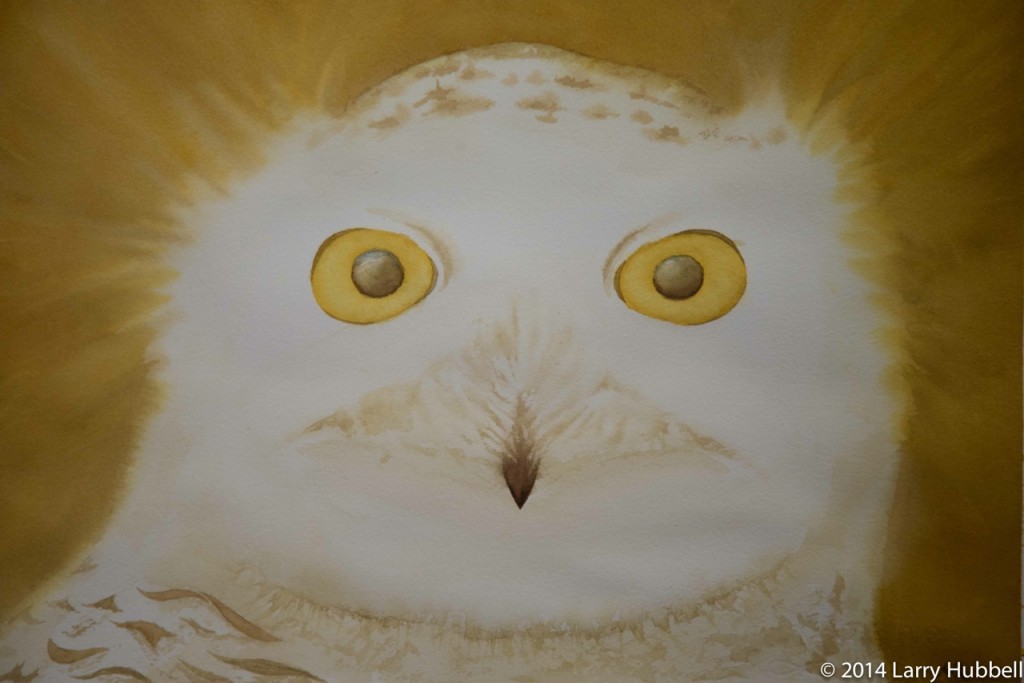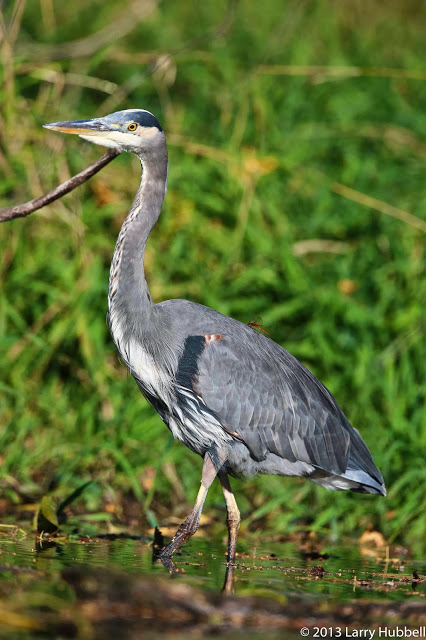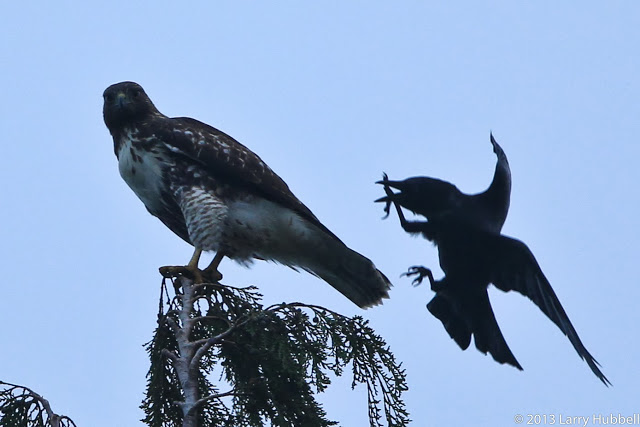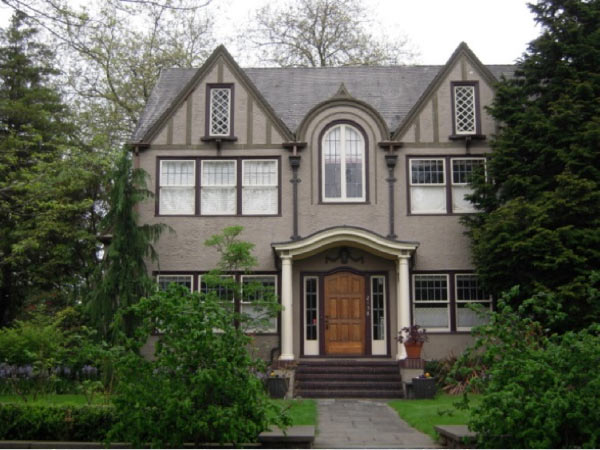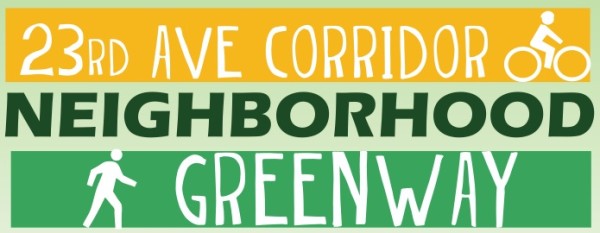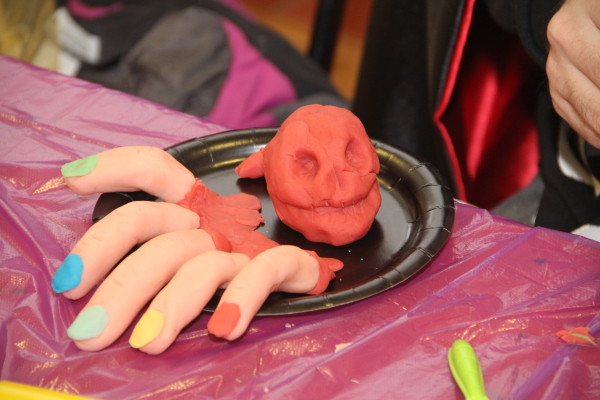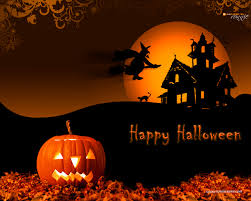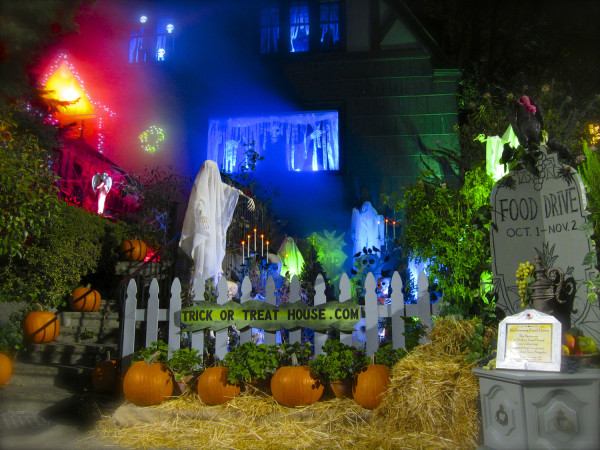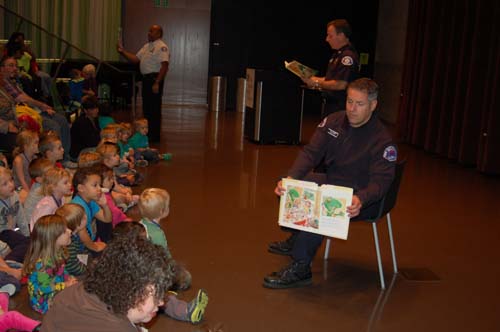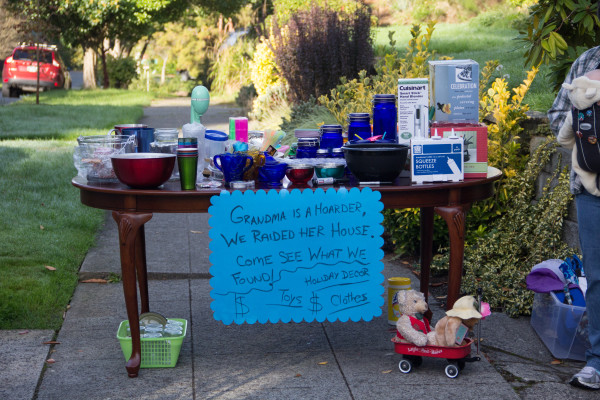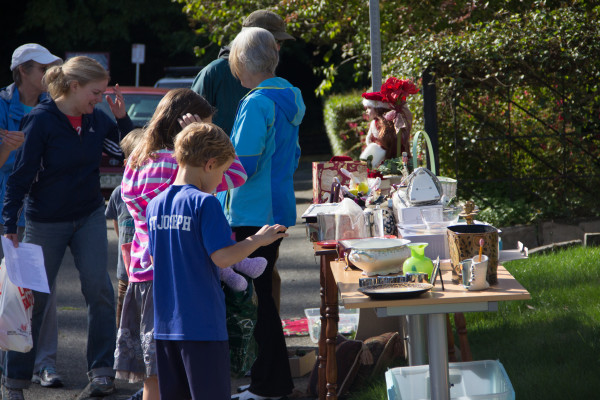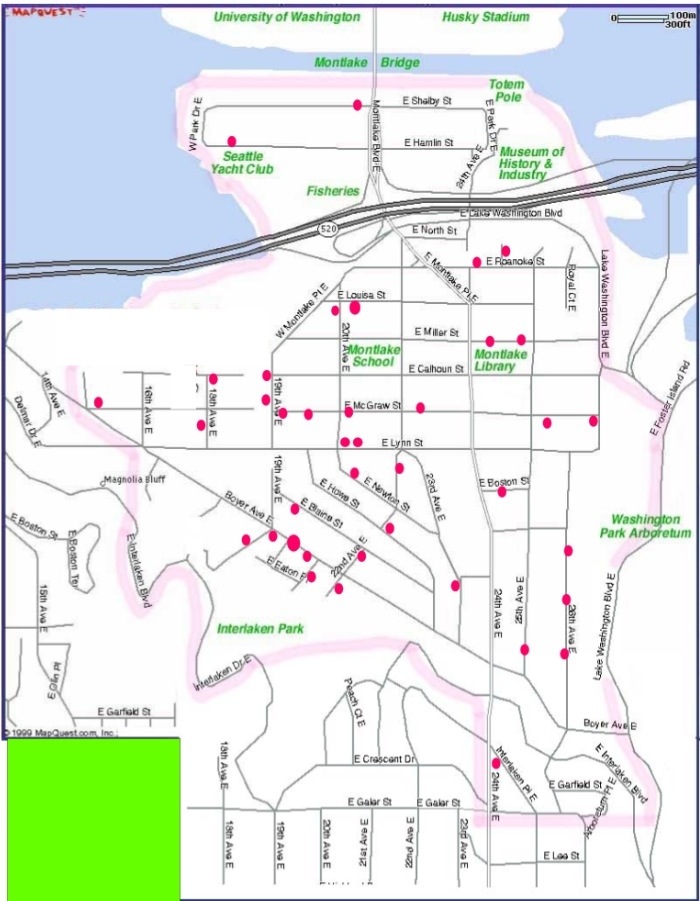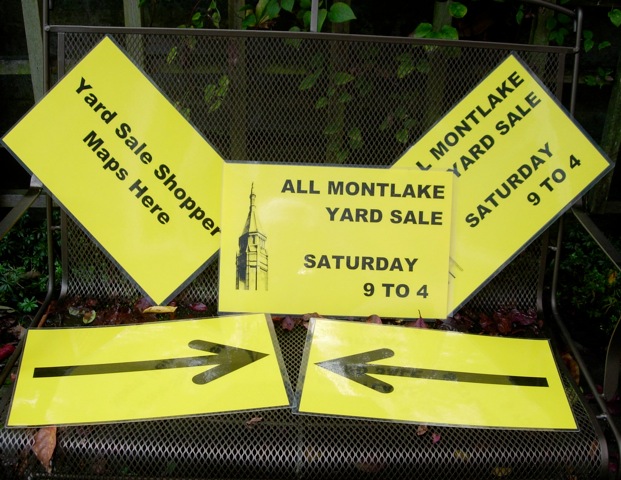Many people know Larry Hubbell as photographer and blogger of Union Bay Watch, but with the opening of his “Birds Watching” show at the Center for Urban Horticulture, we can now see his dedication to the wilds of Union Bay through his painting and sculpture. Recently, I talked to Larry about his work in and around the bay. Join him this Friday, January 10th for an opening reception. Details below.
– – –
RM: Larry, you’ve got an amazing thing going with Union Bay Watch. It’s nature news for the city: 520 eagles, woodpeckers, otters, raccoons. Of course, the blog really took off when you broke news that Eva, Eddie’s widow, moved on with another fella and two offspring. For thousands of people crossing Lake Washington on the way to work, seeing the eagles on a 520 lamp post is a powerful sight, even if just for a few seconds. So learning more details about their daily lives on UBW is an invaluable benefit for the city. — How many hours a week are you out there watching Union Bay? On land versus on water?
LH: Thanks for the kind words. I guess I average 14 or 15 hours a week. In the Spring it is a lot more. I actually took a week of vacation in June to try and keep up with all the photo opportunities provided by the nesting birds and their young. It felt a bit like a birding marathon, running from one nesting site to the next. I would guess I get in one or two kayaking adventures a month.
RM: For all nature watchers, patience is key. What’s it like in the slow moments, when nothing’s happening? What are you doing — waiting for something to come to you or are you on the move, trying to seek out some action?
LH: Being out on the water at dawn with the sun turning the sky orange and pink with the water perfectly still and a low mist obscuring the distant shores it can feel as if you are totally alone in the world. At moments like that I feel a deep sense of peace, a feeling of being one with the natural world and knowing I am exactly where I am supposed to be. I am constantly watching and usually moving. Moving helps to keep one warm! I usually circumnavigate the bay during each outing. There is always something happening with the birds. A cormorant, grebe or merganser coming to the surface causes me to check to see if they have caught a fish. If a flock of wigeons suddenly takes to the air I check to see why. It could be a kayaker or it could be a hunting eagle causing them to move. I look to spot when migratory birds arrive on Union Bay each year, like Osprey in the spring. I am also checking different locations to see if the birds are in their usual spots, like the eagles on 520, the green herons east of Foster Island, the kingfisher at Kingfisher Cove, lately the red-tailed hawk has been spending time around the WSDOT peninsula, cormorants in the cottonwood by The Cut, etc.
RM: I’ve always been fascinated with the human “nature” of Union Bay, which obviously has a heavy presence with boat traffic, a major highway, a football stadium. And yet somehow the bay is full of wildlife. If we were to ask the animals what they thought of their human neighbors, what would they say about us? Sure, we’re noisy, especially on game days and at Seafair, but do you think the turtles, herons and raccoons care?
LH: It seems to me that if you are very quiet and move slowly they don’t usually mind. It is the sudden movements, loud noises and surprises that disturb them. In which case they move away to a more peaceful location. In the spring when they are nesting it is especially important to not disturb them. The parents literally run themselves ragged finding food and bringing it back to the nest. Causing them extra flights is hard on them and their young may not end up getting all the nourishment they require.
RM: What’s the most unexpected creature you’ve seen out there?
LH: The four river otters last month where a big surprise. I thought at first I was seeing a beaver in the distance but the beavers are usually seen around dawn or dusk, not at mid-morning. I suspect the otters where just visiting Union Bay since I have not seen them before but you never know. Every trip on the bay is full of surprises. It is kind of like having Christmas morning all year round.
RM: There’s a lot of 520 construction happening out near Madison Park. How are the eagles taking it?
LH: I think so far the pile-driving bothers me more than the eagles. It is an easy flight for the eagles to move away from the noise and they generally come and go as they please this time of year so when they are not around for a day it is hard to say that they are being disturbed. So no, I do not see any sign of a problem from the construction so far.
RM: It’s interesting for your audience to watch nature through the pixels on their screens. It’s funny, with all the grumbling that we hear about how blogs and social media “alienate us from the real world” — it seems that UBW connects us to a world few would otherwise experience on a regular basis. What a luxury! Have you always been a photographer or have you done it in tandem with the blog?
LH: During the last half of 2011 I took 6 months off work. That was when I first started taking a lot of bird photos. I had been taking painting classes for some time and I thought bird photos would make nice subject matter for my painting. The photos started to fill up the hard drive and a friend (and blogger Dan Pederson writes “Off The Rails“) on Whidbey Island suggested I should start a blog.
I think blogging is an efficient way to help people connect with nature. If we each get to know the creatures in our own neighborhood then we will pay more attention to what helps them or disturbs them. We are lucky that in the past we had folks in the area who created the Arboretum and the Union Bay Natural Area. If we connect as a neighbors and Seattle residents and continue the restoration, Union Bay could someday be the jewel in the crown of the emerald city.
RM: UBW has many beautiful photographs, many of which heroize their subjects. But one of the real benefits of your work is in capturing the quieter moments, like in the Green Heron Yoga post or like in this image of a dragonfly escaping the heron’s jaws by resting on its back…
RM: How much does the camera contribute to your discovery of these little moments?
LH: A lot! Every so often the camera captures a moment and I do not even know what happened until I look through the photos on the computer.
RM: Of course, the action shots on UBW are always great. For those, the patience and luck with being in the right place at the right time must really pay off. How do you go about preparing for action sequences — beyond firing away with the camera?
LH: I try to pay attention to the sounds of nature. I always investigate when the crows are noisy. If I seem something interesting I am always trying to get between the action and the sun to improve the lighting. Learning where creatures normally reside and live also helps.
RM: Just a comment — this image is amazing: noble hawk and crazy crow…
LH: This is the Red-Tailed Hawk that I call The Pirate of Kingfisher Cove. He seems to be making the cove and the WSDOT peninsula his new home (maybe we should start calling it, The Pirate Peninsula). He is called a pirate because he tries to steal food from other birds. He even made a run at Eva and her breakfast the day after Thanksgiving. She chose not to share. Check out the second eagle photo over halfway through this post (Ripples of Power) to see The Pirate in action. I am curious if the hawk will take a mate this spring. I am also pleased that the eagles have not made an effort to evict it from Union Bay.
RM: Tell us more about your “Birds Watching” exhibit at the Miller Library. What can we expect?
LH: My paintings are watercolors of birds up close with the focus on their faces. I am trying to tap into the part of the human mind that is especially good at remembering faces. I hope that helps to create more of a connection and a bit of a realization that the birds are watching us. My photos attempt to do much of the same. If I could give birds human thoughts I would say they are watching to see what we do next. Will we continue the restoration of Union Bay or not? The new 520 will actually help reduce pollution, increase overall wetlands and daylight Arboretum Creek, if everything goes as planned. This could be a huge step in the right direction.
My sculptures use negative space to make us think of salmon. I imagine the eagles on 520 wondering “Where’s the Salmon?” and the sculptures honor that desire. We are certainly lucky to live near Union Bay with the Bald Eagles, Elvis the Woodpecker, The Pirate, The Dragon Master and the Barred Owls in Interlaken and the Arboretum. The future of Union Bay is up to us.
– – –
Friday January 10th, 5-7pm.
Center for Urban Horticulture
3501 N.E. 41st Street
Seattle, WA 98145
